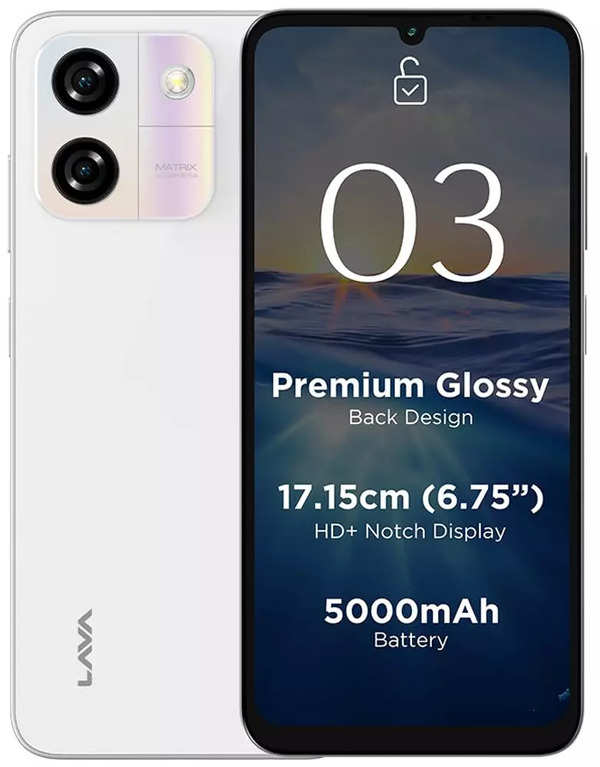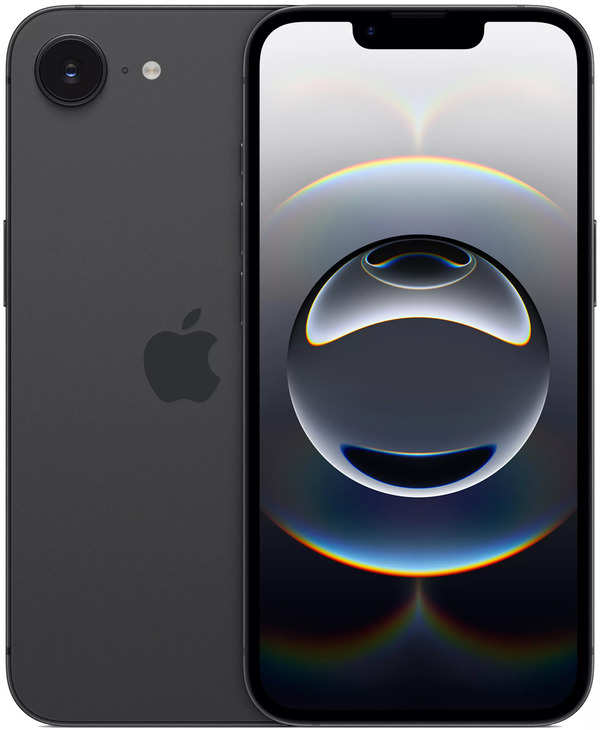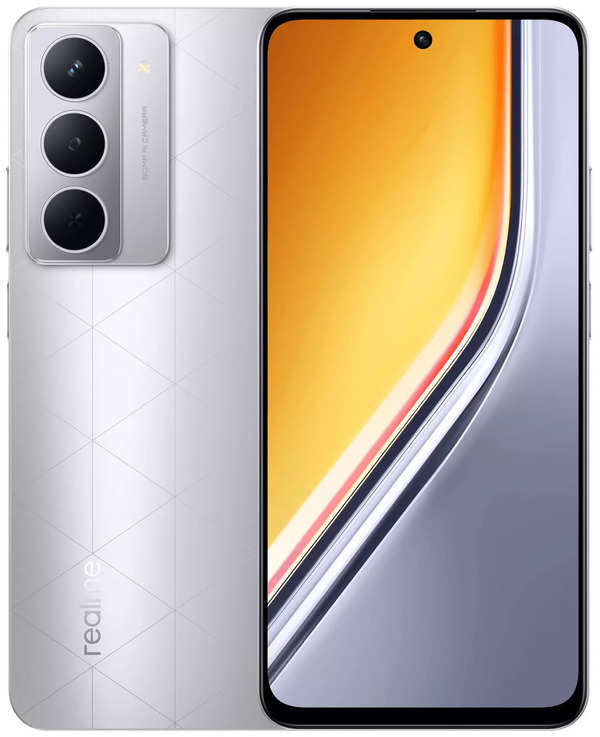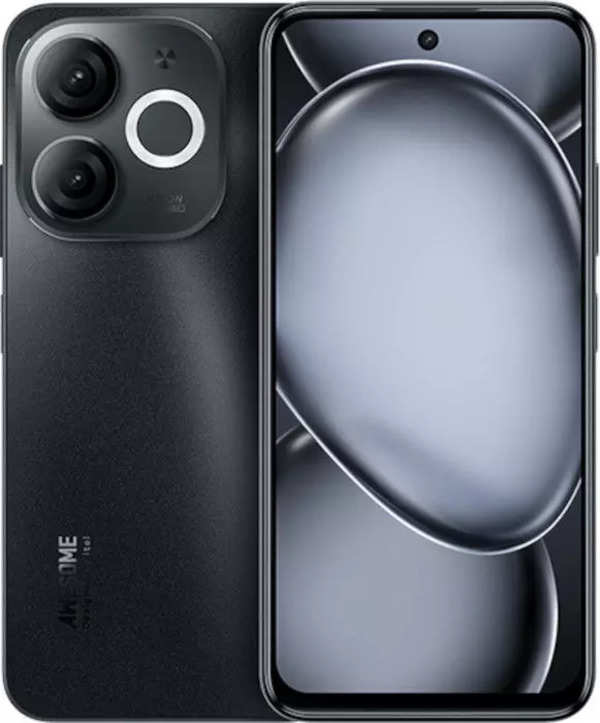- News
- Technology News
- Tech News
- Elon Musk unveils Tesla 'Cybercab' robotaxi with no wheels and steering
Trending
This story is from October 11, 2024
Elon Musk unveils Tesla 'Cybercab' robotaxi with no wheels and steering
Tesla CEO Elon Musk revealed the Cybercab, a futuristic robotaxi, at a Los Angeles event. The vehicle, which resembles a smaller Cybertruck, features gull-wing doors and lacks traditional controls. Production begins in 2026, with costs projected under $30,000. Tesla also introduced the Robovan and showcased the Optimus humanoid robot.
Tesla CEO Elon Musk unveiled the company's long-awaited robotaxi, dubbed the "Cybercab," at a "We, Robot event" at Warner Bros. Discovery studio in Los Angeles on Thursday. The futuristic two-door vehicle, resembling a smaller version of Tesla's Cybertruck, coming next year.
The Cybercab robotaxi features gull-wing doors and lacks a steering wheel or pedals. There’s only space for two passengers.
The Cybercab relies solely on cameras and artificial intelligence for navigation, eschewing other hardware commonly used by robotaxi competitors. It also uses inductive charging, eliminating the need for charging ports.
Musk announced that Cybercab production is slated to begin in 2026, with the vehicles expected to cost less than $30,000. He claimed the autonomous taxis would operate at around $0.20 per mile, making them cheaper than public transportation.
During the event, Musk also introduced the Robovan, a larger self-driving vehicle capable of transporting up to 20 people, and demonstrated Tesla's Optimus humanoid robot. He suggested the Optimus could be sold for $20,000 to $30,000 in the future.
The CEO outlined plans to begin "unsupervised FSD" (Full Self-Driving) in Texas and California next year with Model 3 and Model Y vehicles. However, Musk acknowledged his tendency to be "highly optimistic with timeframes."
While the unveiling marks a significant step for Tesla's autonomous ambitions, the company faces challenges. Regulatory approval will be necessary for vehicles without traditional controls, and Tesla's driver-assistance systems have faced scrutiny over safety concerns.
End of Article
Latest Mobiles
FOLLOW US ON SOCIAL MEDIA





















